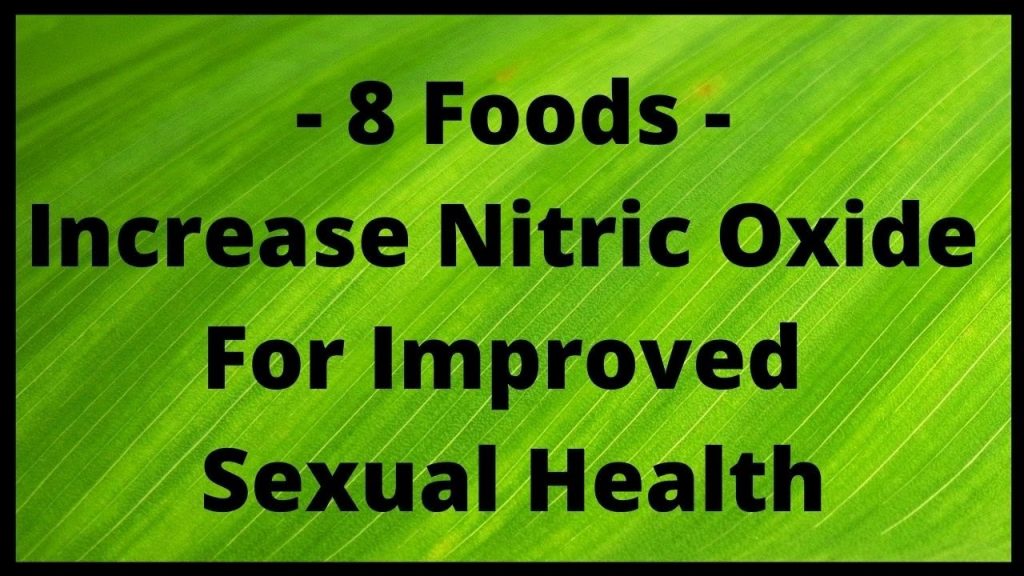Are you looking for ways to boost your overall health and well-being? Look no further than the hidden nutrient in your food – nitric oxide.
This molecule plays a crucial role in various bodily functions, including blood vessel dilation, immune response, and neurotransmission.
By incorporating nitric oxide-rich foods into your diet, you can reap numerous benefits such as improved cardiovascular health, increased endurance during exercise, and better cognitive function.
In this article, we will explore the science behind nitric oxide and highlight some of the top foods that are rich in this essential nutrient.
So get ready to discover how making small adjustments to your diet can have a big impact on your health!
Key Takeaways
- Nitric oxide is a crucial nutrient in food with numerous health effects, including improving cardiovascular health, endurance during exercise, and cognitive function.
- Nitric oxide-rich foods include leafy greens, beets, garlic, and nuts, and increasing dietary intake of nitrate may improve cognitive function and reduce inflammation.
- Planning ahead and incorporating nitric oxide-rich foods into the diet can lead to an extra boost of wellness and vitality.
- Supplements containing arginine or citrulline can help increase nitric oxide levels, but consulting with a healthcare professional before starting any new supplement regimen is important.
Understanding Nitric Oxide
You might not realize it, but your body is constantly producing nitric oxide. This molecule helps to relax and widen your blood vessels, which allows for better circulation throughout your body.
Nitric oxide production plays an important role in maintaining good health. While the body can produce enough nitric oxide on its own, there are also supplements available that can help increase its levels. These supplements contain ingredients such as arginine or citrulline, which the body uses to produce more nitric oxide.
Using these supplements may be beneficial for those with certain health conditions or who want to improve their athletic performance. However, it’s important to note that taking too much of these supplements can lead to side effects such as nausea and diarrhea. It’s always best to consult with a healthcare professional before starting any new supplement regimen.
Overall, understanding how nitric oxide works in the body and the benefits of supplementation can help you make informed decisions about your health and wellness journey.
Benefits of Nitric Oxide
Feeling like a superhero while working out is just one of the many perks that come with incorporating nitric oxide into your diet. This little-known nutrient has been shown to have numerous health effects, including improving cardiovascular function, reducing inflammation, and even boosting brain function.
But perhaps most exciting for athletes and fitness enthusiasts is the role nitric oxide plays in enhancing athletic performance. When you work out, your body needs more oxygen and nutrients to fuel your muscles. Nitric oxide helps increase blood flow throughout the body, delivering more oxygen and nutrients where they’re needed most. This can result in increased endurance, faster recovery time between workouts, and improved overall performance.
But that’s not all – nitric oxide also helps reduce muscle fatigue by preventing lactic acid buildup during exercise. This means you can push harder for longer without feeling as much burn or discomfort. So if you want to take your workouts to the next level, consider adding some nitric oxide-rich foods like leafy greens, beets, garlic, and nuts to your diet. Your body (and your gym buddies) will thank you!
Foods Rich in Nitric Oxide
Boost your athletic performance by incorporating nitric oxide-rich foods like leafy greens, beets, garlic, and nuts into your diet. These foods are known to enhance the production of nitric oxide in the body, leading to various health benefits.
Nitric oxide is a vasodilator that helps relax blood vessels, which can improve blood flow and oxygen delivery to muscles during exercise. Apart from boosting athletic performance, consuming nitric oxide-rich foods can also have other health effects. For example, it may help lower blood pressure and reduce the risk of developing cardiovascular disease.
Additionally, some studies suggest that increasing dietary intake of nitrate (which is converted into nitric oxide in the body) may improve cognitive function and reduce inflammation. When cooking these foods, it’s important to keep in mind that certain methods can affect their nitric oxide content.
For instance, boiling beets for too long or using high heat when roasting them can decrease their nitrate levels. To retain more of their beneficial nutrients, try steaming or lightly sautéing vegetables like spinach and kale instead of boiling them.
Similarly, roasting garlic at a low temperature can help preserve its nitrate content better than frying it at high heat. By making small changes in how you prepare these foods, you can maximize their potential health benefits.
Incorporating Nitric Oxide-Rich Foods into Your Diet
Incorporating nitric oxide-rich foods into your diet can lead to various health benefits, such as improved blood flow and reduced risk of cardiovascular disease. But did you know that there are other benefits too?
Increasing dietary intake of nitrate may also improve cognitive function and reduce inflammation. Here are some simple ways to incorporate these foods into your diet:
- Meal planning: Planning ahead is key to ensuring that you have enough nitric oxide-rich foods in your diet. Consider adding spinach, arugula, beets, or celery to your next grocery list.
- Try new recipes: Add variety to your meals by trying new recipes that feature these foods as their main ingredients. For example, try making a beet salad with arugula or adding spinach to a smoothie.
- Dietary restrictions: If you have dietary restrictions, don’t worry! There are still plenty of options available for you. For instance, if you’re vegan or vegetarian, consider adding more leafy greens like kale and spinach in your diet.
- Snacks on-the-go: Finally, incorporating nitric oxide-rich snacks into your daily routine can be easy too! Carrot sticks with hummus or celery with almond butter make for great mid-day treats.
Incorporating nitric oxide-rich foods into your diet has numerous health benefits and can be done in many ways – through meal planning, trying new recipes, accommodating dietary restrictions and even snacking on the go! Make sure to add these nutrient-dense options to your plate today for an extra boost of wellness and vitality!
Conclusion
Congratulations! You’ve just discovered the hidden nutrient in your food – Nitric Oxide. By understanding the benefits of Nitric Oxide and incorporating foods that are rich in it into your diet, you can improve your overall health and well-being.
So, what are you waiting for? Start incorporating more Nitric Oxide-rich foods like spinach, beets, and garlic into your meals today. Not only will these foods help improve blood flow and oxygen delivery to your muscles, but they’ll also provide numerous other benefits such as reducing inflammation and improving heart health.
Plus, with a little creativity in the kitchen, you can easily make delicious dishes that incorporate these foods.
Now that you know about the amazing benefits of Nitric Oxide and how to include it in your diet, why not give it a try? Your body will thank you for it!


